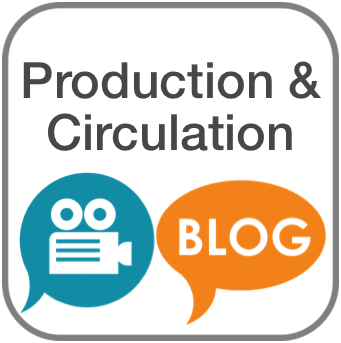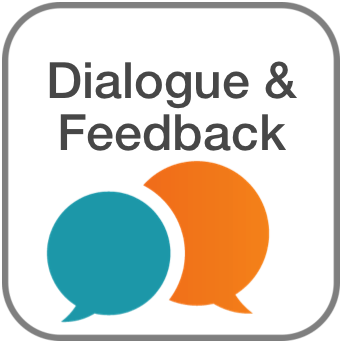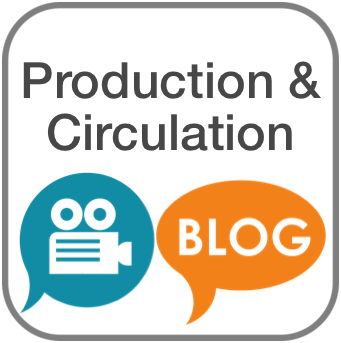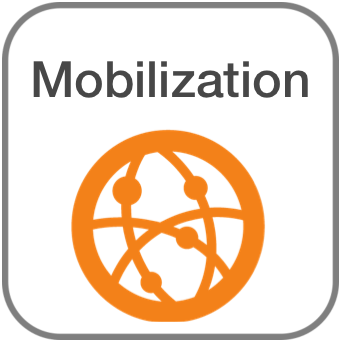Production & Circulation - Youth produce and circulate news and information about issues that matter to them and help shape the broader narrative.
Prior to the digital age, institutions ranging from political parties, to churches, to interest groups, such as the National Rifle Association and the Sierra Club, produced content and used their membership lists to widely distribute political messages. Today, social media platforms make large-scale production and circulation of messages cheaper, more scalable, and less dependent on formal organizations or institutions.
With relative ease, compared to the past, young people can now write and disseminate a blog about a political issue, remix a political video and share it with their social network, or produce a wiki with information about community resources. Communication
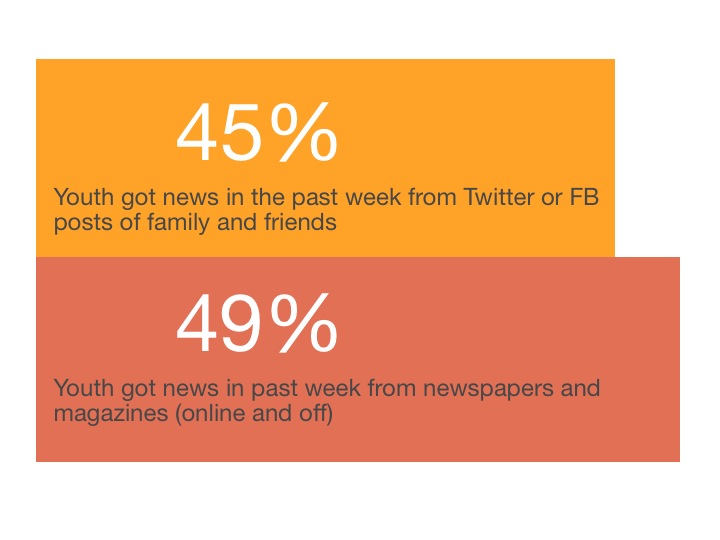
Civic educators can help youth reflect on a variety of risks that come along with these practices. For example, given the diminished role played by gatekeepers in vetting the style and content of information and given the increased permanence and public nature of statements they might make and circulate, youth must also now carefully consider what to circulate and to whom.
EPP Resources with a Production & Circulation Focus
-
Voice Module from the Digital Civics Toolkit for Educators
-
Voice collection from the Teaching Channel’s Educating for Democracy Deep Dive
-
Analyzing & Creating Infographics, three lessons for 7th-12th grade, by Nicole Edwards (EDDA)
-
Selected Lessons (GP/FHAO):
For an expanded discussion of this and other EPP practices see:
Redesigning Civic Education for the Digital Age: Participatory Politics and the Pursuit of Democratic Engagement by Joseph Kahne, Erica Hodgin & Elyse Eidman-Aadahl
Production
| Common Historical Practices | Expanded Practices in the Digital Age | New Opportunties for Youth | Potential Risks | Implications for Edcuators |
|---|---|---|---|---|
|
|
|
|
|
|
|
|
|
|
|
|
|
|
|
|
|
|
Circulation
| Common Historical Practices | Expanded Practices in the Digital Age | New Opportunties for Youth | Potential Risks | Implications for Educators |
|---|---|---|---|---|
|
|
|
|
|
|
|
|
|
|
|
Tapping social networks to circulate information and messages |
|
|
|
|
|
|
|
|
|
|
|
|
For a Printer Friendly version of the above charts, click here: Redesigning Civic Education for the Digital Age - Charts
References
1. Jenkins, H., Purushotma, R., Clinton, K., Weigel. M., & Robison, A. J. (2009). Confronting the challenges of participatory culture: Media education for the 21st century [Occasional paper on digital media and learning]. Chicago, IL: John D. and Catherine T. MacArthur Foundation.
2. Soep, E. (2014). Participatory politics: Next-generation tactics to remake the public sphere. Cambridge, MA: MIT Press. Retrieved from http://ypp.dmlcentral.net/publications/201.
3. Pariser, E. (2012). The filter bubble: How the new personalized web is changing what we read and how we think, Reprint edition. New York, NY: Penguin Books.
4. Shresthova, S. (2013). Between storytelling and surveillance: American Muslim youth negotiate culture, politics and participation [YPP Working Paper]. Retrieved from http://ypp.dmlcentral.net/publications/161.

